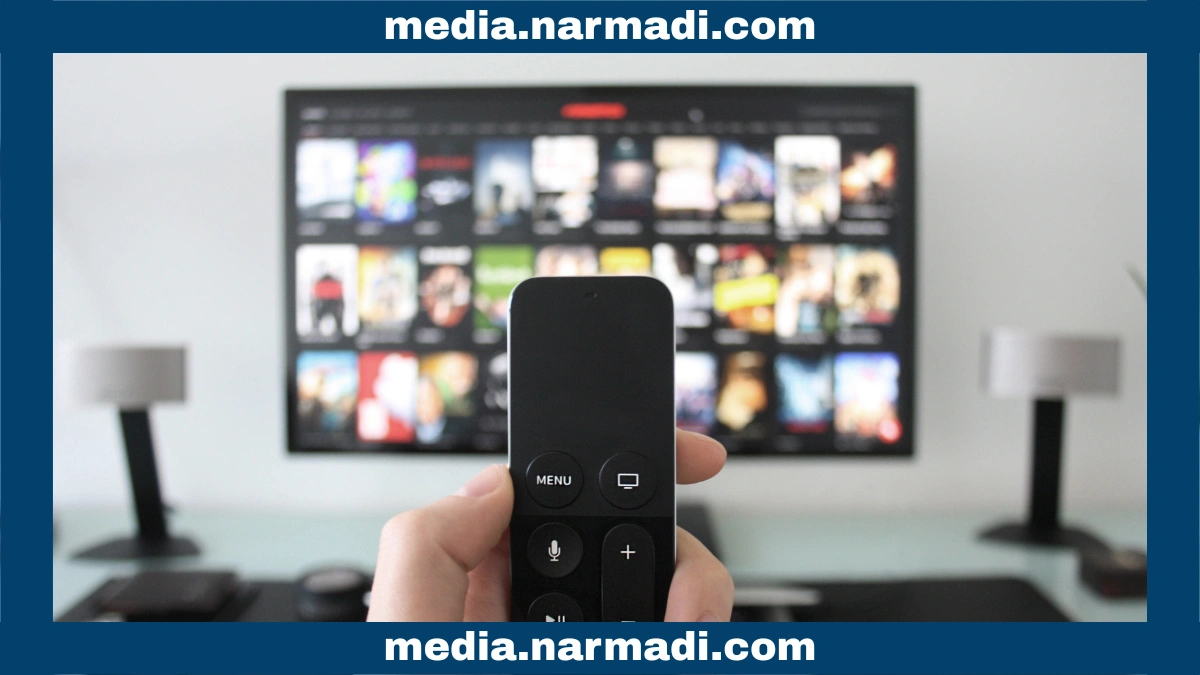Various types of set-top boxes have their own functions and advantages. One of them is the Android set-top box, which captures digital signals via an internet connection.
Android set-top boxes play a crucial role in enabling analog televisions to continue receiving digital signal broadcasts. This also extends the lifespan of non-smart televisions.
This article explains Android set-top boxes, starting with their definition, main functions, and the differences between DVB-T2.
Android TV Set-Top Box

An Android TV set-top box is a type that can turn a regular TV into a smart TV. This allows users to run apps such as streaming services, games, and browse the internet using the Android system.
This device features internet connectivity via WiFi or LAN cable, media playback, and a 4K screen. The advantages of an Android TV device include flexibility, the ability to turn a TV into a smart TV, and the potential to serve as an entertainment hub.
The Main Functions

Android Set-Top Boxes have three main functions, namely:
- Turning into a Smart TV: Its main function is to enable non-smart TVs to become smart TVs.
- Providing the Android TV operating system: As the name suggests, this device's operating system is based on the Android TV platform.
- Providing access to applications: Allows users to download various applications from the Google Play Store, including streaming, social media, and gaming applications.
The Differences Between DVB-T2

What is the difference between Android and DVB-T2 set-top boxes? Both differ in several aspects, including main function, connection, content source, operating system, and application usage.
Android set-top box
The main function of an Android set-top box is to turn a conventional TV into a smart TV. This device requires an internet connection to access applications and streaming services. Its content source comes from streaming applications such as YouTube, Netflix, or Prime Video.
This set-top box generally does not require an antenna. A new antenna is only necessary in some models when users also want to access digital broadcasts simultaneously. The operating system used to run applications on this device is Android TV. This system allows the device to install various additional applications from the Google Play Store.
DVB-T2 set-top box
The primary function of a DVB-T2 set-top box is to convert an analog television signal into a digital television signal. This device does not require an internet connection to receive digital broadcasts. However, it must use an antenna to capture digital signals.
The content source for this set-top box is free digital TV broadcasts. This device is not equipped with an operating system that allows it to run applications. Therefore, no additional applications can be installed. Application usage is limited to those already available in the operating system.
Ultimately, an internet connection is better for those who want unlimited streaming that is not limited to digital broadcasts. However, you will need to spend more money to subscribe to streaming platforms.
If you have a non-smart TV and want to experience the benefits of a smart TV, then an Android set-top box is a must-have device. That way, you can enjoy streaming services and install additional applications without having to replace your entire TV.